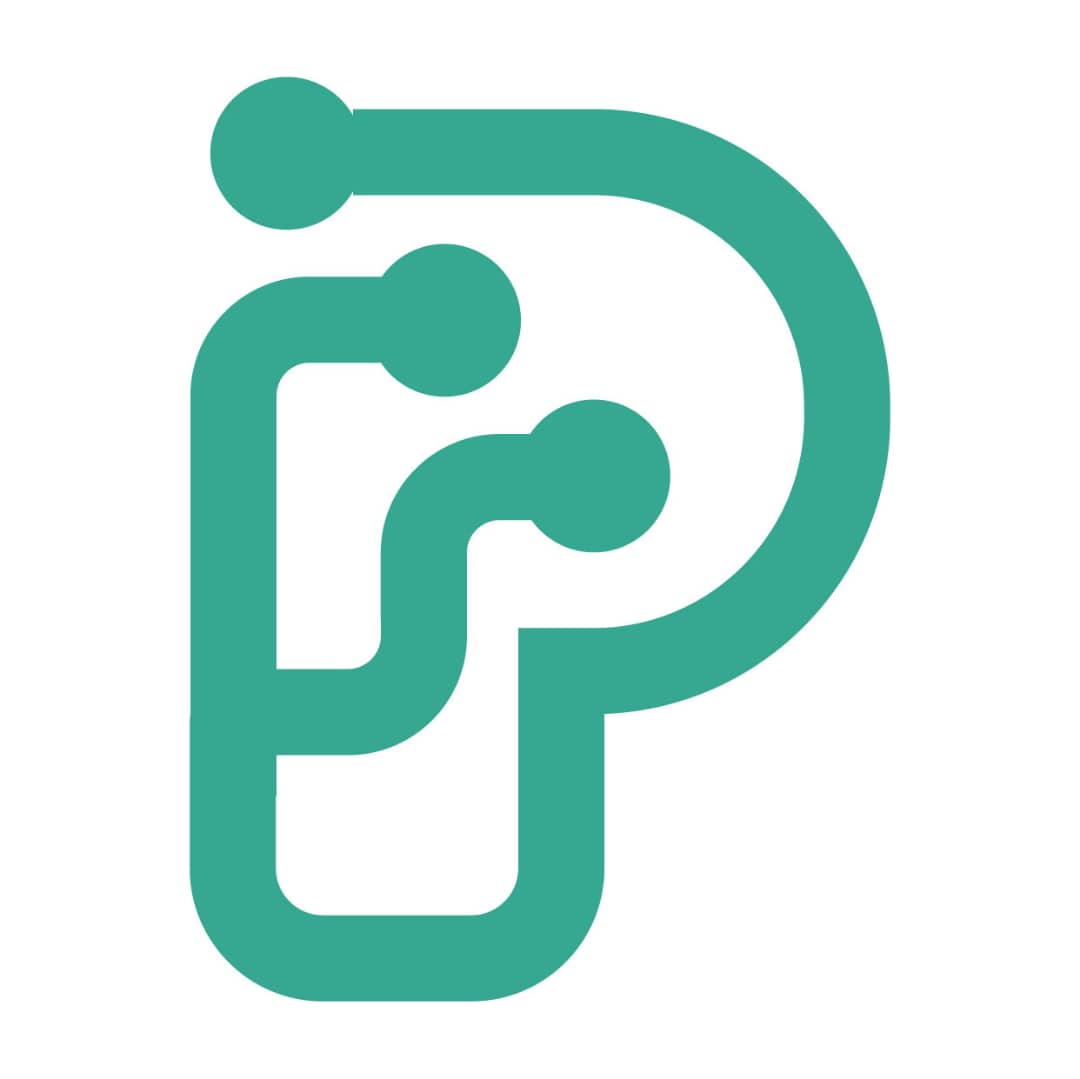Relapse Prevention
Understanding the Relapse Cycle
Understanding the relapse cycle is a pivotal aspect of recovery from drug addiction. Relapse is often viewed as a failure, but it is crucial to recognize that it can be a part of the journey toward long-term sobriety. The relapse cycle typically involves a series of stages that individuals may go through, often beginning long before the actual return to substance use. By understanding these stages, both those struggling with addiction and their support systems can better prepare for and navigate the complexities of recovery.
The first stage of the relapse cycle is emotional relapse. During this phase, individuals may not be actively thinking about using drugs; however, their emotional state can lead them toward a potential relapse. Feelings of stress, anxiety, or depression can manifest, and individuals may isolate themselves from their support networks. Recognizing these feelings early on is essential, as they can serve as warning signs that one is moving toward a more dangerous stage of the cycle. Support from friends, family, or counselors can be instrumental in addressing these emotional challenges before they escalate.
The next stage is mental relapse, where the individual begins to romanticize past substance use experiences. In this phase, thoughts of using drugs may surface more frequently, often accompanied by justifications for using again. This internal conflict can be particularly distressing, as individuals may find themselves torn between their desire for sobriety and the seductive allure of drugs. It is vital for individuals in recovery to engage in healthy coping strategies and to confront these thoughts head-on, perhaps through journaling, therapy, or discussions with trusted peers. This proactive approach can help disrupt the mental patterns that lead to relapse.
The final stage is physical relapse, which is the actual act of returning to substance use. This stage can occur suddenly or as a culmination of preceding emotional and mental struggles. Understanding that this phase is not just a personal failure but often a symptom of unresolved issues can help diminish feelings of shame and isolation. It is important for both individuals in recovery and their supporters to maintain open lines of communication during this stage. Creating a plan for what to do if a relapse occurs, including contacting a sponsor or a therapist, can provide a safety net and help mitigate the consequences of a lapse.
Ultimately, understanding the relapse cycle empowers individuals and their supporters to approach recovery with greater awareness and compassion. Recognizing the early signs of emotional and mental relapse can provide critical opportunities for intervention. Moreover, fostering a supportive environment where individuals feel safe discussing their struggles can significantly reduce the likelihood of a full-blown relapse. By transforming the narrative around relapse from one of failure to an opportunity for growth, we can encourage a more resilient approach to recovery that focuses on learning and healing.
Strategies for Avoiding Relapse
Relapse is often viewed as a setback in the journey of recovery from drug addiction, yet it can also serve as a crucial learning opportunity. Understanding the strategies for avoiding relapse is essential for both individuals in recovery and those supporting them. By implementing effective approaches, the risk of returning to substance abuse can be significantly reduced. This section will explore several key strategies designed to fortify the recovery process and transform potential pitfalls into stepping stones for sustained sobriety.
One of the most effective strategies for avoiding relapse is the establishment of a robust support network. Engaging with peers, family members, and support groups provides individuals with the emotional and practical resources needed to navigate the challenges of recovery. Support networks foster accountability and offer a sense of belonging, which can be vital during moments of vulnerability. Regular participation in group therapy or meetings, such as those offered by Alcoholics Anonymous or Narcotics Anonymous, can reinforce commitment to sobriety and encourage open discussions about struggles and successes.
Another critical strategy is the development of coping mechanisms to handle cravings and stressors. Individuals in recovery often face triggers that can prompt a desire to use drugs. Identifying these triggers and creating personalized coping strategies are essential steps in managing cravings effectively. Techniques such as mindfulness, meditation, and physical exercise can serve as powerful tools for redirecting focus and energy. Practicing these coping mechanisms regularly can build resilience, making it easier to withstand challenging moments without resorting to substance use.
Establishing a structured daily routine is also pivotal in maintaining sobriety. A well-defined schedule can provide a sense of purpose and direction, reducing idle time that may lead to temptation. Incorporating activities that promote personal growth—such as attending educational workshops, volunteering, or pursuing hobbies—can be beneficial in creating a fulfilling life free from drugs. Moreover, a consistent routine helps to stabilize mood and energy levels, which is particularly important in the early stages of recovery when emotional fluctuations may be more pronounced.
Self-reflection plays a vital role in preventing relapse. Individuals should regularly assess their progress and identify any patterns that may signal a risk of returning to substance use. Journaling can be an effective tool for self-reflection, allowing individuals to document their thoughts, feelings, and experiences throughout their recovery journey. By recognizing warning signs and triggers early, individuals can take proactive steps to address challenges before they escalate into a relapse. This practice not only enhances self-awareness but also reinforces the commitment to recovery.
Finally, it is essential to embrace a mindset of continuous growth and learning. Recovery is not a linear process, and setbacks may occur. However, viewing these challenges as opportunities for growth can empower individuals to remain steadfast in their recovery journey. Seeking ongoing education about addiction, attending workshops, and learning from others’ experiences can provide valuable insights and strategies for maintaining sobriety. By fostering a culture of resilience and adaptability, individuals and their support systems can work together to create a sustainable path toward lasting recovery, effectively transforming pain into purpose.
Developing a Relapse Action Plan
Developing a Relapse Action Plan is a crucial step in the journey of recovery from drug addiction. As individuals work to reclaim their lives from the grips of substance abuse, the possibility of relapse can loom large. A well-structured action plan not only prepares individuals for potential setbacks but also reinforces their commitment to recovery. This plan serves as a strategic guide that outlines specific steps to take should a relapse occur, ensuring that individuals can navigate challenges with resilience and foresight.
The first component of a Relapse Action Plan involves identifying triggers and warning signs that may precede a relapse. Triggers can vary widely among individuals and may include certain environments, emotional states, or social situations. By maintaining a vigilant awareness of these factors, individuals can develop an understanding of their unique vulnerabilities. This knowledge empowers them to anticipate challenges and take proactive measures to mitigate risks. Involving support networks in this process can further enhance the understanding of triggers, as loved ones may offer insights that individuals themselves might overlook.
Next, it is essential to establish a network of support that can be relied upon during times of crisis. This network may consist of friends, family members, therapists, or support groups that individuals can turn to when they feel the urge to use drugs. Open lines of communication with these support figures can provide a safety net, allowing individuals to share their struggles and seek immediate assistance. Including specific contact information and a plan for who to reach out to during a crisis can be beneficial, creating a tangible resource that individuals can access when needed.
Additionally, developing coping strategies is a vital aspect of the Relapse Action Plan. These strategies should be practical and tailored to the individual’s preferences and circumstances. Techniques such as mindfulness, deep breathing exercises, physical activity, or engaging in hobbies can serve as effective tools to manage cravings and emotional distress. It is important to practice these strategies regularly, even in times of stability, to build resilience and reinforce positive behaviors. Incorporating these strategies into daily routines can help individuals feel more equipped to handle unexpected triggers or stressors.
Finally, the action plan should include a clear protocol for what to do if a relapse occurs. This protocol might involve steps such as recognizing the relapse, reaching out to a support person, and attending a recovery meeting. Acknowledging that relapse is a possibility can reduce feelings of guilt or shame when setbacks occur, allowing individuals to respond with compassion rather than self-condemnation. By outlining specific actions to take in the event of a relapse, individuals can regain a sense of control and immediately refocus on their recovery journey, transforming setbacks into opportunities for growth and learning.


No responses yet